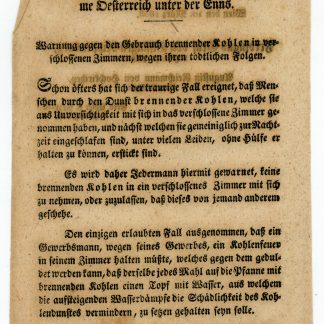View of Jerusalem.
C. 280 x 180 mm. Pencil and opaque white on brown paper, signed at bottom left: "Rainer | May 1844", captioned at right: "Jerusalem gesehen vom Tempel des Salomon". Matted.
€ 2,500.00
Depicts the south-western corner of the Temple Mount (with Dome of the Rock, Al-Aqsa Mosque, and hinting at the recently rediscovered Robinson's Arch). Archduke Rainer, one of the most eminent figures during the rule of Emperor Franz Josef, also was a talented landscape painter and lithographer (cf. Fuchs II, 37). Although he served in political functions (he was Austria's first constitutional Minister-President from 1861 to 1865), his heart always belonged to the arts and sciences. An honorary member of the Imperial and Royal Academy of Sciences, the variously talented Archduke was one of the Habsburg family's most remarkable collectors: his Viennese library encompassed some 40,000 volumes (not counting the inherited library in Hernstein Castle), and the "El Fayum" papyrus collection acquired by him, containing a treasure of 180,000 papyri now stored in the National Library, is regarded as "the greatest of its kind in the world" (Unesco, Memory of the world, Nominated Documentary Heritage).
Rainer, son of the brother of Emperor Franz, spent his youth under the tutelage of his artistically inclined parents and excellent teachers, and it was common for the young Austrian Archdukes in the first half of the 19th century to be instructed in draughtsmanship by the great Chamber painters of the time. The Holy Land was not an uncommon station on the tour of contemporary Chamber painters: Eduard Gurk even died there in 1841 on a study tour.
The quality of the present illustration clearly surpasses that of Rainer's known student drawings (two, dated 1839, are preserved at the National Library, Bildarchiv und Fideikommissbibliothek, PK 3050 2 and 3). The mature talent of the Archduke, only seventeen years old in 1844, is especially evident in comparison with the works of other members of the Imperial family, many of which also dabbled in landscape painting (their works are preserved in the so-called Dilettante cassettes in the Albertina).






